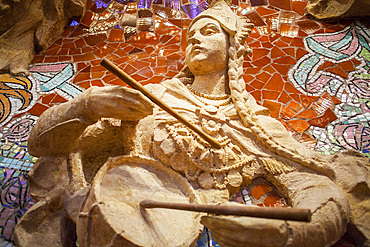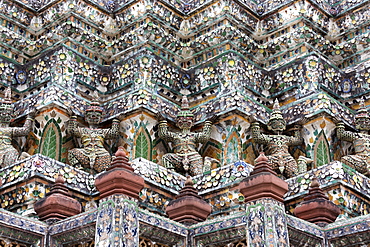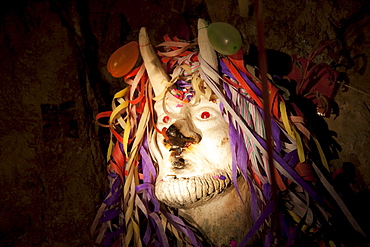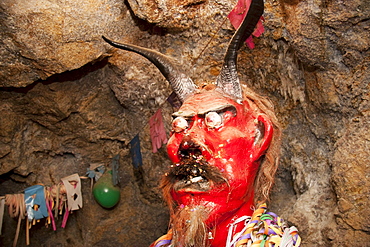Recent searches
Loading...
832-398950 - White bunny sculpture with easter eggs on pink background with copy space
1350-5994 - Palau de la Musica Catalana,detail of stage, by Lluis Domenech i Montaner, Barcelona, Spain
1350-4852 - Terracotta army, Xi'an, Shaanxi Province, China
857-95590 - Swiss National Museum facade on summer day, Zurich, Switzerland
809-7172 - Krishna and Radha murthis (statues) in a Delhi Hindu temple, Delhi, India, Asia
809-7234 - Hindu Gods Ganesh, Shiva and Durga, Mariamman Hindu Temple, Ho Chi Minh City, Vietnam, Indochina, Southeast Asia, Asia
809-7170 - Hindu temple murthi (statue) depicting Radha, Uttar Pradesh, India, Asia
809-7162 - Shop selling religious Christian items including statues of Jesus, Ho Chi Minh City, Vietnam, Indochina, Southeast Asia, Asia
809-7165 - Shop selling religious Christian items including Holy Virgin statues, Ho Chi Minh City, Vietnam, Indochina, Southeast Asia, Asia
848-927 - Sculptures at The Rock Garden, built by Nek Chand, Chandigarh, Punjab and Haryana Provinces, India, Asia
848-928 - Sculptures at The Rock Garden, built by Nek Chand, Chandigarh, Punjab and Haryana Provinces, India, Asia
832-346797 - Image of St. Mary on ornate ceramic tiles, outside walls of a church in Seville, Andalusia, Spain, Europe
1160-948 - Alabaster figure at the entrance of the Ceramic Museum , Valencia, Comunidad Valencia, Spain, Europe
1160-944 - Alabaster figure at the entrance of the Ceramic Museum , Valencia, Comunidad Valencia, Spain, Europe
832-266437 - Picture of Mary on elaborate ceramics, outer wall of a church in Seville, Andalusia, Spain, Europe
832-207400 - Ceramic figure of St. Francis on a community hall, High Street, Hemingford Gray, Cambridgeshire, England, United Kingdom, Europe
321-5447 - Detail of the Central Prang showing demon figures and ceramic decoration created using broken ceramics used as ballast in the 19th century on Chinese trading ships, Wat Arun, Bangkok, Thailand, Southeast Asia, Asia
321-5448 - Detail of the Central Prang showing demon figures and ceramic decoration created using broken ceramics used as ballast in the 19th century on Chinese trading ships, Wat Arun, Bangkok, Thailand, Southeast Asia, Asia
1126-625 - Museo Nacional de Ceramica Gonzalez Marti, Valencia, Spain, Europe
832-143348 - Bust of a Native American under Azulejos, traditional tiles from Portugal, Park Modo Verde, Landgraaf, Limburg, Netherlands, Europe
832-74069 - Allegory of the physical culture, ceramic sculpture at the Karl-Marx-Hof courtyard, Vienna's most famous municipal tenement complex from the interwar period, Doebling, Vienna, Austria, Europe
665-5290 - Ceramic frog spitting out water, Frogs Fountain, Maria Luisa Park, Seville, Andalusia, Spain, Europe
1113-26810 - Advertising for wine, ceramic figure and a sign on a wall, Siena, Tuscany, Italy, Europe
1116-25172 - Ceramic figure of el Tio or Supai, a creature with horns, gleaming eyes and a big penis, that in fact is not really satanic. It was introduced by the Spaniards in the 16th Century to the mines of Potosi. According to tradition, el Tio (The Uncle) rules over the mines of Cerro Rico, simultaneously offering protection and destruction. Over 500 chambers with statues to honour him have been constructed in Cerro Rico, so miners can leave offerings of tobacco, liquor and coca leaves to invoke his goodwill and protection., Potosi Department, Bolivia
1116-25174 - Ceramic figure of el Tio or Supai, a creature with horns, gleaming eyes and a big penis, that in fact is not really satanic. It was introduced by the Spaniards in the 16th Century to the mines of Potosi. According to tradition, el Tio (The Uncle) rules over the mines of Cerro Rico, simultaneously offering protection and destruction. Over 500 chambers with statues to honour him have been constructed in Cerro Rico, so miners can leave offerings of tobacco, liquor and coca leaves to invoke his goodwill and protection., Potosi Department, Bolivia
1116-25173 - Ceramic figure of el Tio or Supai, a creature with horns, gleaming eyes and a big penis, that in fact is not really satanic. It was introduced by the Spaniards in the 16th Century to the mines of Potosi. According to tradition, el Tio (The Uncle) rules over the mines of Cerro Rico, simultaneously offering protection and destruction. Over 500 chambers with statues to honour him have been constructed in Cerro Rico, so miners can leave offerings of tobacco, liquor and coca leaves to invoke his goodwill and protection., Potosi Department, Bolivia
797-9771 - Hungary, Budapest, Buda Castle District, the tiled Bela tower with Matyas Church behind.
252-10221 - Gaudi architecture, Parc Guell, UNESCO World Heritage Site, Barcelona, Catalunya (Catalonia) (Cataluna), Spain, Europe
149-3016 - Detail of a ceramic statue at Wat Arun (Temple of the Dawn), Bangkok, Thailand, Southeast Asia, Asia
You reached the end of search results





























